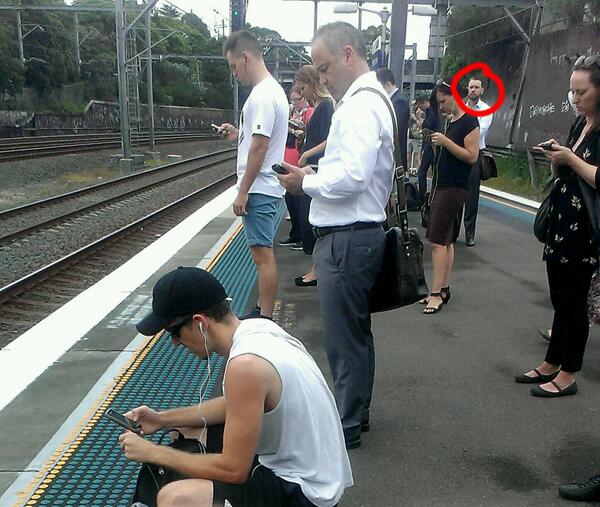It’s a pretty safe prediction that iBeacons, Apple Watch, drones, 3D printing and VR will continue to receive a considerable amount of hype next year. Who knows, someone might attempt a Crowd Sourced 3D-Printed QR Code Live Streamed Via Go Pro for real? A combination of cheap computing, rapid prototyping and new funding will bring many more gadgets and connected devices. All very exciting, but what’s hype and what’s actually interesting?
In 2015, don’t get too excited about:
– Beacons. They will not save retail . In some unsurprising news, a study in 2014 found that consumers think beacons are largely annoying. There are some opportunities where the technology can offer a good solution to problems. The (award winning) Nivea Protection wrist band is a good example of where this type of technology works well.
Is anyone really interested in beacons?
– Wearables, whilst popular with techies, don’t expect an uptake like that of smartphones or even tablets. In fact some categories such as fitness bands may become redundant through smartphone health monitoring apps (think, Apple’s Health apps)
– Smartwatches will not simply have to compete in the tech space – they also competing in the fashion accessories market. So consumer choice is not simply about functionality but also about image and style.
– Brands may try, but wearables are probably not a place for advertising (although Indian Company, Techsol have announced a wearable ad server). For brands, it’s isn’t simply a matter of down-sizing for a smaller screen – they will need to consider the whole engagement.
– AR/VR in the form of Google Glass and Oculus Rift will remain as essentially prototypes. There are specific industries or applications, such as medicine, that will benefit but this does not make them mass market.

This might actually be a good use of Google Glass
Things to be (slightly) more excited about in 2015:
– Messaging channels – What’sApp/Line/WeChat will continue to grow in place of SMS. Visual messaging through Snapchat and Intsagram will also see growth, especially with a younger audience. Significantly, Instagram’s user base overtook Twitter in 2014 – perhaps the latter has reached its peak.
– For brands the challenge in social is an interesting one. Users, especially younger demographics, are switching channels rapidly. The role of Facebook and Twitter as content channels will be less important. In fact, some are already predicting the demise of Facebook. Whilst brands would do well to focus their attention on delivering service in messaging apps, although they will probably struggle to get the attention of a younger audience.
– As home screen notifications/replies become more common, we will see fewer app openings. That’s a problem for the likes of Facebook, but it’s also going to be a challenge for brand advertising. What’s the point in buying ads in an app if it’s not going to be opened?
– So what will be the successful apps of 2015? In essence it will be those that bring an additional the service layer beyond the functionality, especially those that make clever use of gamification and APIs. Good examples are Duolingo or City Mapper
– Along side service layers is the growth of the collaborative economy, delivered through apps. Think AirBnB, Waze, or Hailo (I’m NOT advocating Uber as a good example of the collaborative economy though)
– The mobile payment space will become a key battleground for brands in 2015. Many people were exciting by the potential of Apple Pay but it has already run into corporate obstacles
– Peer to Peer Payment is set to grow in 2015. Barclays PingIt is a (rare) good example from a brand – it has become their largest channel for new customer acquisition. My money is on the third party providers though. P2P creates opportunities in the startup space, as demonstrated by the excellent Droplet. My guess is that’s where the success will be and brands/corporates will be playing catch up.
– Big Data is interesting (really, it is). The true potential hasn’t been realised yet and amazing things could happen if we combine the potential of the vast amount of data from personal devices (wearables or smartphones) with the AI development from Google or IBM’s Watson. (or even this simple idea)
Here’s a few trends that might be interesting in 2015.

The Internet Fridge. Something not to get excited about in 2015. Or ever.

